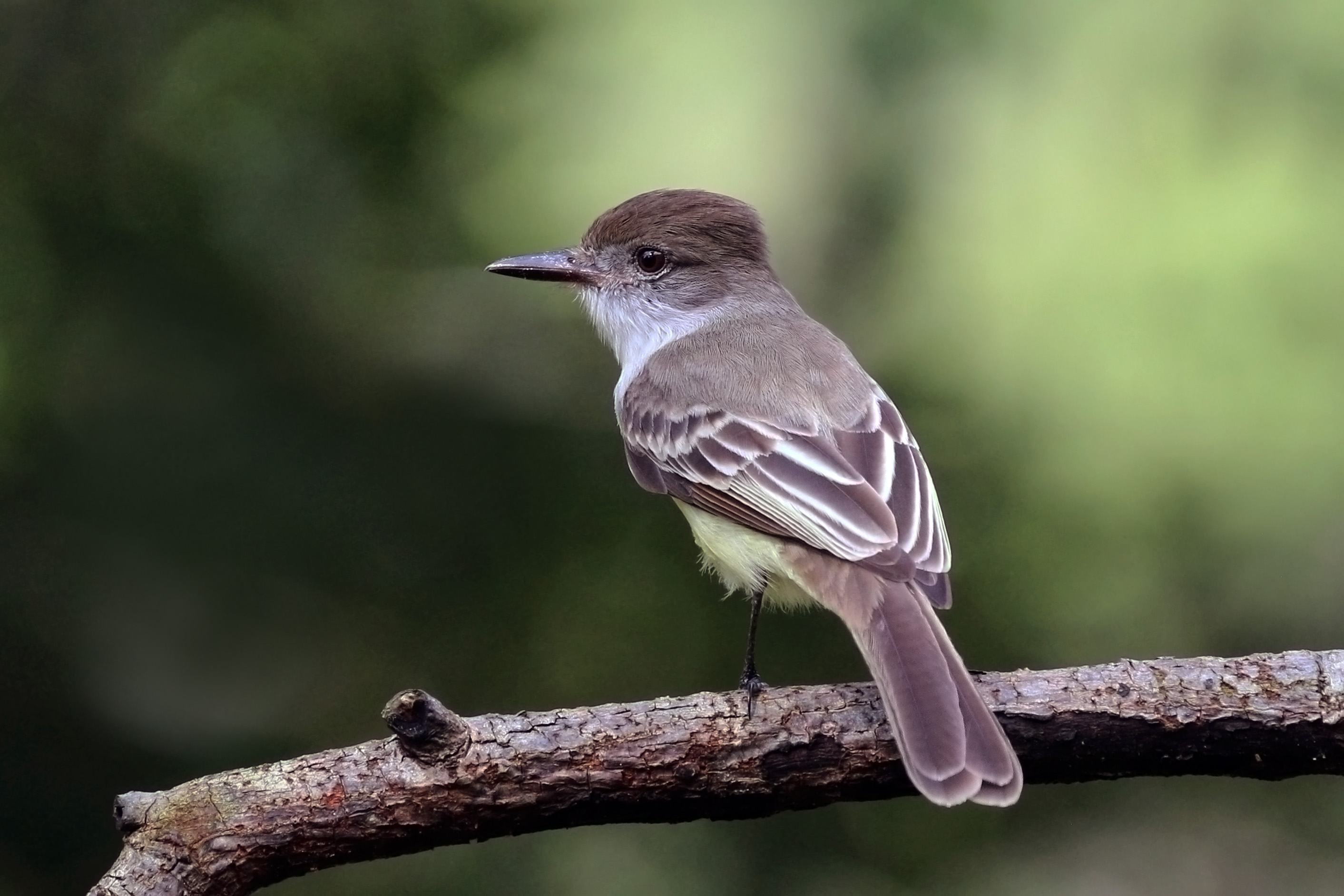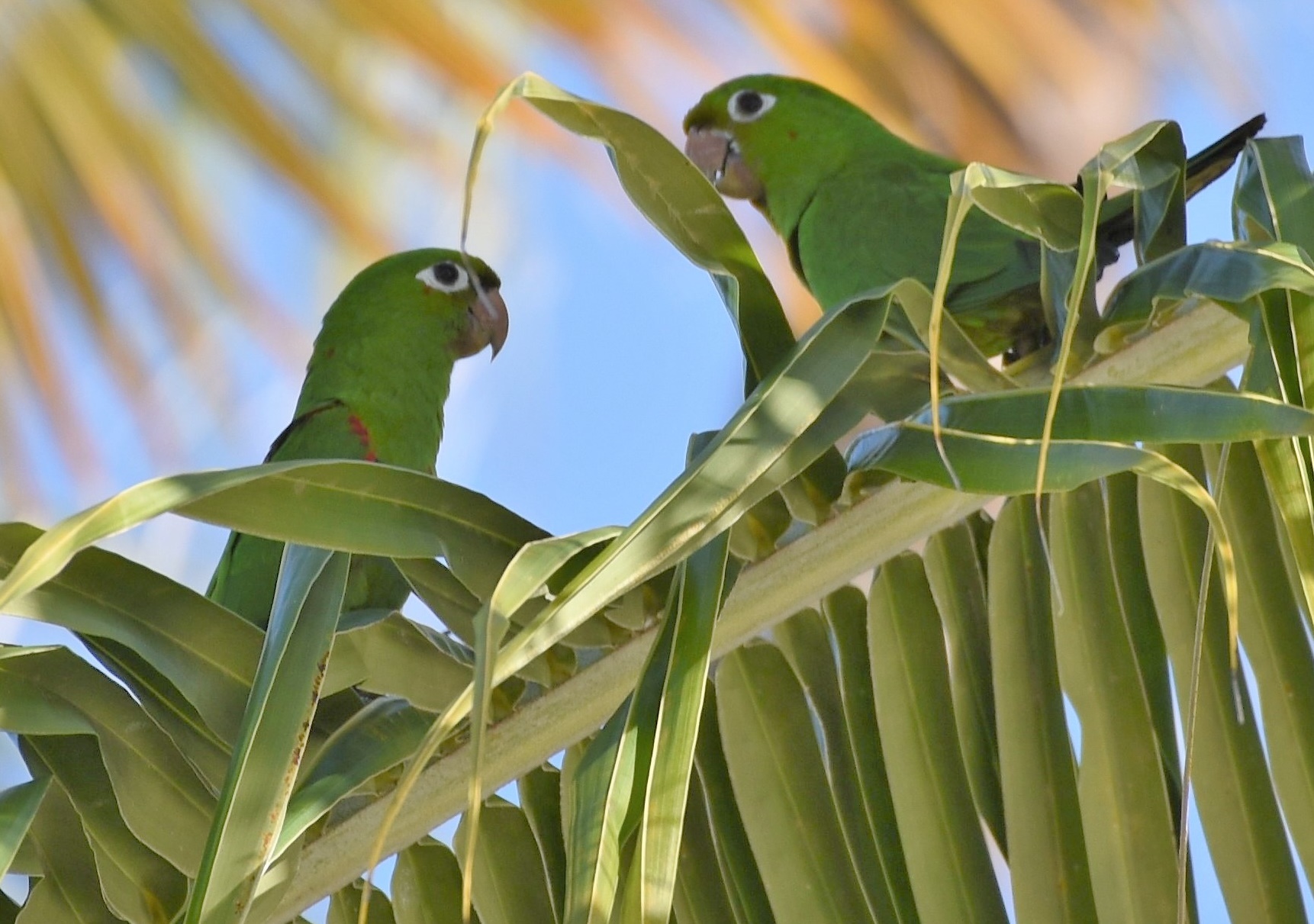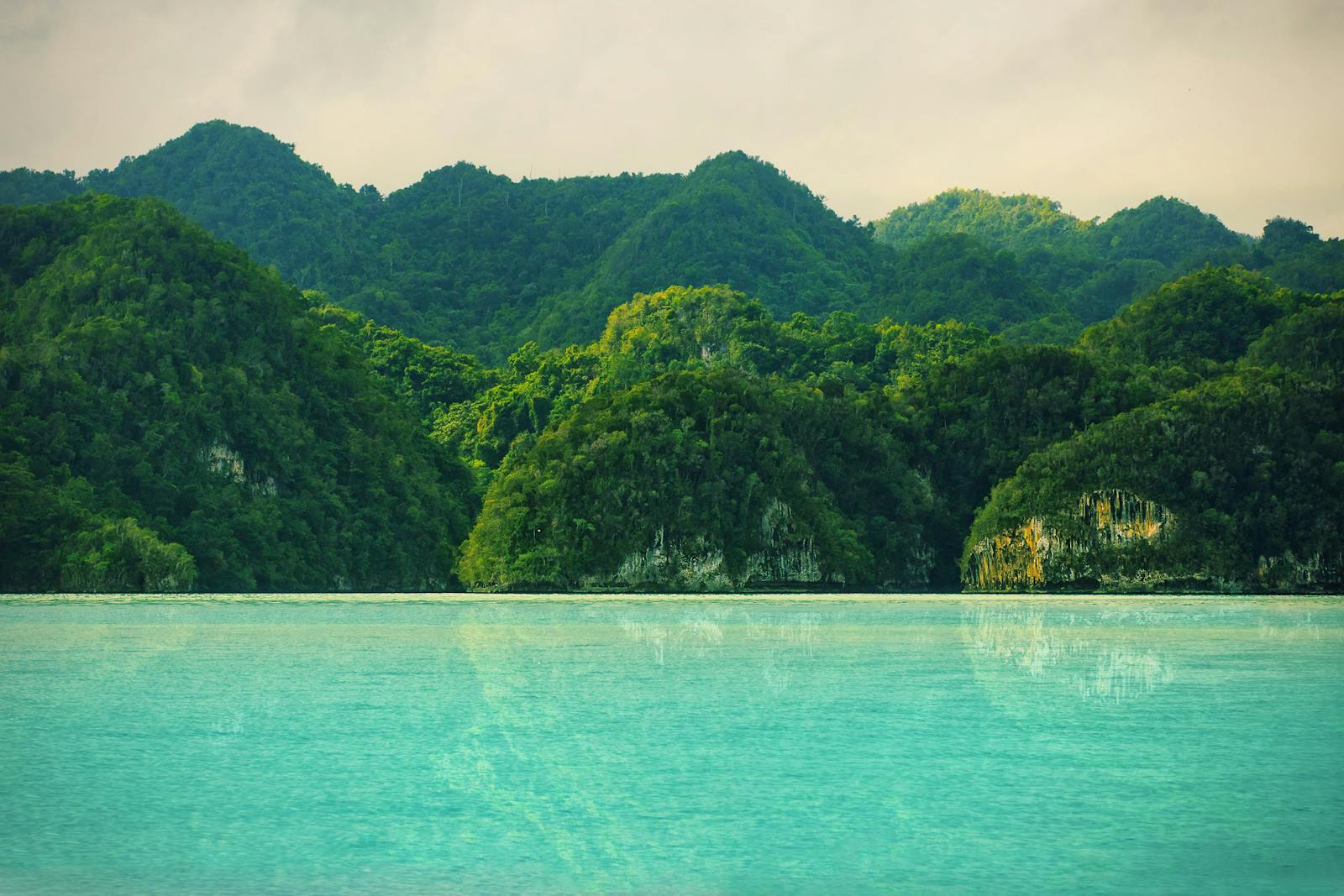Hispaniolan Moist Forests
The ecoregion’s land area is provided in units of 1,000 hectares. The protection goal is the Global Safety Net (GSN1) area for the given ecoregion. The protection level indicates the percentage of the GSN goal that is currently protected on a scale of 0-10.
Bioregion: Caribbean Islands (NT26)
Realm: Central America
Ecoregion Size (1000 ha):
4,606
Ecoregion ID:
468
Conservation Target:
43%
Protection Level:
2
States: Dominican Republic, Haiti
The endangered Hispaniolan solenodon is endemic to its namesake island with much of its suitable habitat falling in the Hispaniolan Moist Forests ecoregion. These nocturnal burrowers are slightly larger than shrews, and have long snouts and frontal claws that they use to dig up insects. The secretion from glands on their thighs is used as a form of communication.
They are generally social, sometimes living in the same burrow in groups of up to 8 individuals. They are reported to make a variety of sound including “chirps”, “squeals,” and “clics” to communicate with their neighbors as they zigzag around in seemingly erratic walking behaviors.
.jpg)
The flagship species of the Hispaniolan Moist Forests ecoregion is the Hispaniolan solenodon. Image credit: Courtesy of Pedro Genaro Rodriguez, Creative Commons
The moist forests of Hispaniola originally occupied more than half (~60%) of the original vegetation on the island (shared by Haiti and the Dominican Republic), stretching from the lowlands—particularly on the eastern coast of the island to the valleys, plateaus, slopes, and foothills of the many mountain ranges—up to an altitude of about 2,100 m. Only the southern extension of the island lack any moist forest cover. The average annual precipitation varies between 1,000–2,000 mm for the wet zones, and more than 4,000 mm per year in the rainforest zones.
This ecoregion is important because it lies in the island’s most important water catchment basins that control runoff from rains and soil erosion. The principal indicator species of this ecoregion in the lowlands are oak and mahogany trees. In places where the soil comes from calcareous rocks, royal palm is common. Characteristic species in the wetter forest include trees of yellow olivier, sablito, peralejo, and aguacatillo. In more degraded areas of forest, the vegetation becomes savannah like and has sandpaper, sea grape, Florida trema, and oak trees.

Stolid flycatcher. Image credit: Charles J Sharp, Creative Commons
Despite their degradation, these wet forests still maintain an exceptionally diverse biota. Their isolation from the contiguous continents has resulted in many relict species’ continued presence. This ecoregion is found in the five most important centers of plant diversity and endemism on Hispaniola. The fauna of this ecoregion is diverse and rich in endemics, particularly birds.
Some of the most characteristic are the Hispaniolan parrot, Hispaniolan parakeet, Hispaniolan lizard cuckoo, Hispaniolan trogon (national bird of Haiti), Hispaniolan woodpecker, and Hispaniolan peewee. Other endemic birds include palm crow, narrow billed tody, palmchat (national bird of the Dominican Republic), and white-necked crow. Endangered and endemic mammals include the Hispaniola hutia and solenodon. There is also a great variety of amphibians and reptiles, as well as invertebrates.

Hispaniolan parakeet. Image credit: Creative Commons
More than 90% of this ecoregion’s original habitat has been lost. In the Dominican Republic, this ecoregion is protected in parts of 6 national parks, 2 reserves, and 1 scenic route. In Haiti, this ecoregion is only represented in parts of the Pic Macaya National Park and the La Visite National Park. Less than 200 km2 of unaltered rainforest remains in Haiti. The gaps in bio-geographical data on the ecoregion are sufficient to hamper protection and conservation efforts.
Illegal forestry operations and migratory agricultural expansion are a serious threat to the ecoregion. Other threats include the gathering of firewood, grazing, illegal hunting, contraband in endangered species, and tourism in some areas. The priority conservation actions for the next decade will be to: 1) develop wildlife friendly agricultural systems that do not remove habitat and promote native species assemblages; 2) implement community-based management of forest areas; and 3) increase the connectivity of habitat (linkages) between protected areas.
Citations
1. D’Ambrosio, U. 2019. Caribbean: Haiti and Dominican Republic. https://www.worldwildlife.org/ecoregions/nt0127 Accessed March 14, 2019.
2. Dinerstein, E., D. M. Olson, D. L. Graham, A. L. Webster, S. A. Primm, M. P. Bookbinder, and G. Ledec. 1995. A conservation assessment of the terrestrial ecoregions of Latin America and the Caribbean. DC.: WWF and The World Bank.
3. Olson, D., E. Dinerstein, G. Castro, and E. Maravi 1996. Identifying gaps in botanical information for biodiversity conservation in Latin America and the Caribbean. World Wildlife Fund, Washington, D.C., USA.
4. Turvey, S. & Incháustegui, S. 2008. Solenodon paradoxus. The IUCN Red List of Threatened Species 2008: e.T20321A9186243. http://dx.doi.org/10.2305/IUCN.UK.2008.RLTS.T20321A9186243.en Accessed March 15, 2019.



